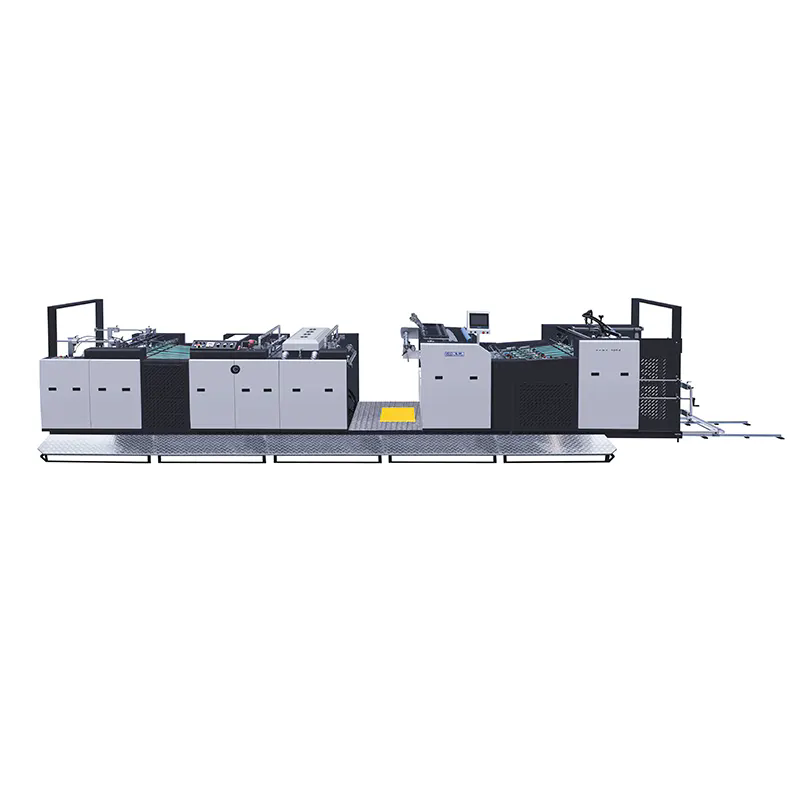What Is a Laminating Machine and Why Do You Need One?
2025-06-18
Laminating machines are essential tools in both professional and personal settings. Whether you're preserving important documents, creating signage, or adding a sleek finish to printed materials, a laminator enhances durability, appearance, and functionality. But what exactly is a laminating machine, and how do you choose the right one? Let’s dive in.

What Does a Laminating Machine Do?
A laminating machine applies a protective plastic film to paper or other materials, typically using heat or pressure (or both). This process shields items from moisture, dirt, fingerprints, and fading, giving them a longer lifespan. Laminators are widely used in schools, offices, print shops, and even homes.
Types of Laminating Machines
There are several types of laminators, each designed for specific needs:
1. Hot Laminators
These use heated rollers or plates to melt adhesive and bond the film to the item. They provide a strong, professional-quality seal and are ideal for high-volume or commercial use.
2. Cold Laminators
Cold laminators use pressure-sensitive adhesive instead of heat. They're suitable for heat-sensitive materials like photographs, inkjet prints, or delicate graphics.
3. Pouch Laminators
These are user-friendly and great for small-scale lamination. Documents are placed inside pre-sealed pouches before being fed into the machine.
4. Roll Laminators
Designed for large-scale lamination, roll laminators are commonly found in copy centers or print shops. They use large rolls of film and can laminate banners, posters, and multiple sheets quickly.
Common Uses of Laminating Machines
Educational Materials: Teachers laminate charts, flashcards, and classroom decorations to protect them from wear and tear.
Business Documents: Menus, ID cards, training materials, and signage are laminated to maintain a clean, polished appearance.
Creative Projects: Crafters use laminators for photo albums, scrapbooking, and DIY gifts.
Personal Use: People often laminate important certificates, recipes, maps, or even children's artwork to preserve them for years.
Key Features to Consider
When choosing a laminating machine, consider the following:
Size Capacity: What paper sizes do you need to laminate? Choose a model that supports your maximum size.
Warm-Up Time: Some laminators heat up in just a minute or two, while others take longer.
Laminating Speed: High-speed models are better for large workloads.
Temperature Control: Useful for adjusting to different film types and thicknesses.
Jam Prevention: Many machines include features to reduce or eliminate jams.
Final Thoughts
A laminating machine is a valuable investment that protects your documents, enhances presentation, and streamlines your workflow. Whether for business, education, or personal projects, the right laminator helps you preserve what's important while giving your materials a professional edge.


